More kinds of toroa (albatross) breed in Aotearoa New Zealand, than anywhere else in the world. Get to know them this World Albatross Day and try our quiz.
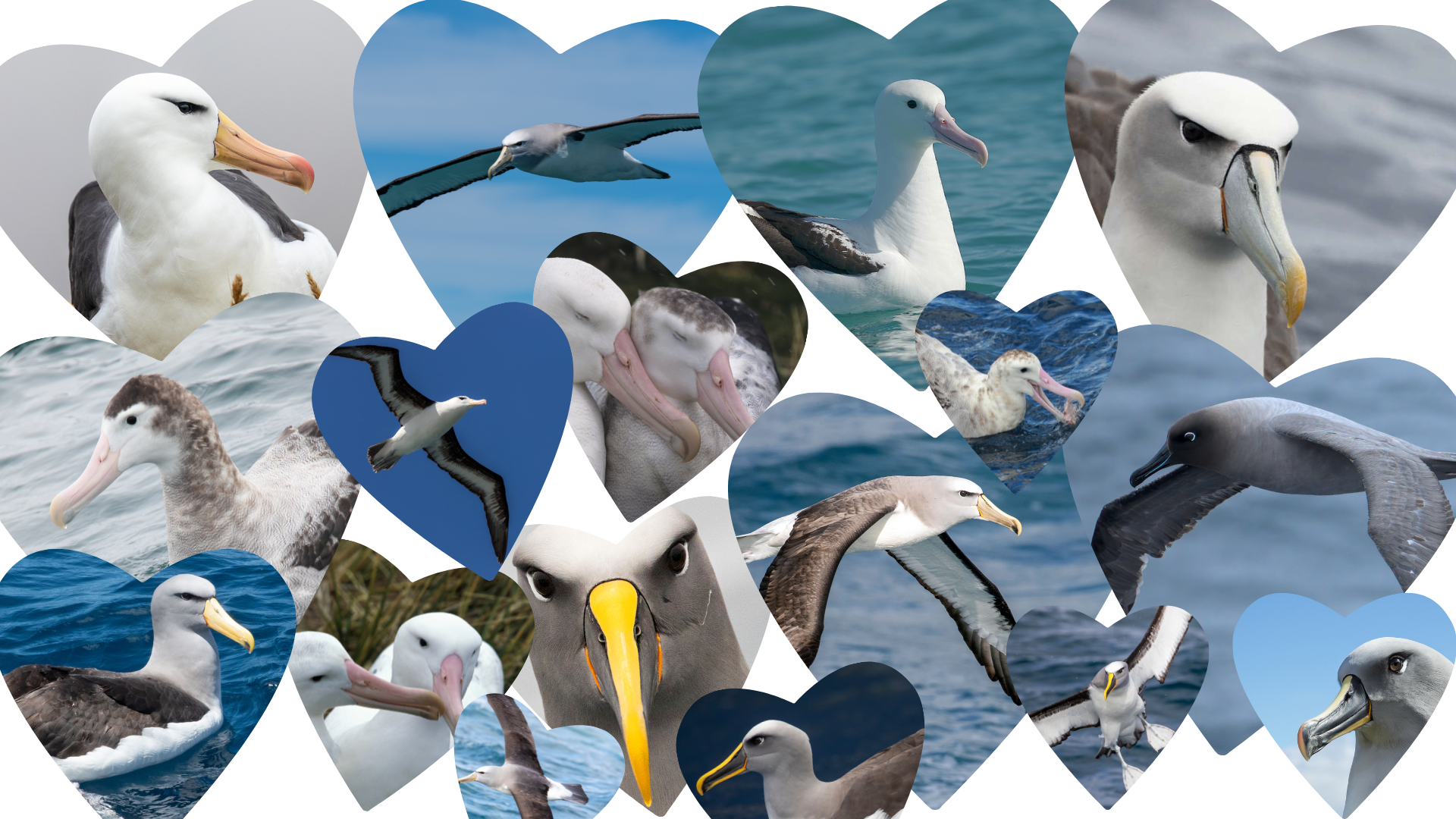
Predator free islands in our subantarctic region stand as the last remaining strongholds for toroa survival worldwide.
Their breeding grounds are safe thanks to massive predator eradication efforts on these far-flung islands. For example, the removal of cats, sheep, rats, goats and pigs from Campbell Island meant it could again become a safe haven for six different types of albatross to raise their chicks.
Now, the threats to albatross are plastic, fishery bycatch and diminishing food availability due to warming oceans. In honour of World Albatross Day, we take a tour through the thirteen kinds that call New Zealand and its islands home.
The big ‘uns
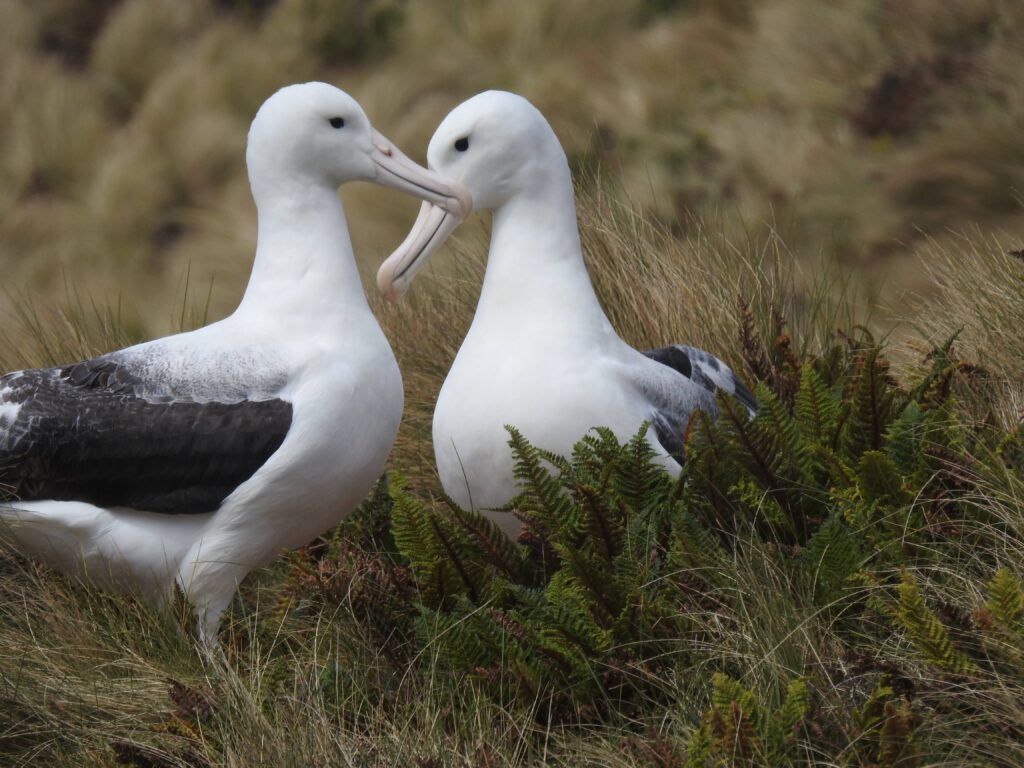
Southern royal
Young birds fly across the Southern Ocean by themselves to find food in South America. When they are three or four years old, they travel around the world back to Aotearoa to find a lifelong partner. Southern royal albatross can be distinguished from the northern species by their white upper wings with black edges and tips, whereas the upper wings of the northern are completely black.
Conservation status: Nationally Vulnerable
Threats: Climate and habitat changes, fishery bycatch
Northern royal
One hundred years ago, humans used to steal albatross eggs to add to their collections, fry them up or just break them. Now, we’re desperately trying to save them from introduced predators at their only mainland breeding ground in Dunedin.
Conservation status: Nationally Vulnerable
Threats: Climate and habitat changes, heat stress, fly-strike, mammalian predators
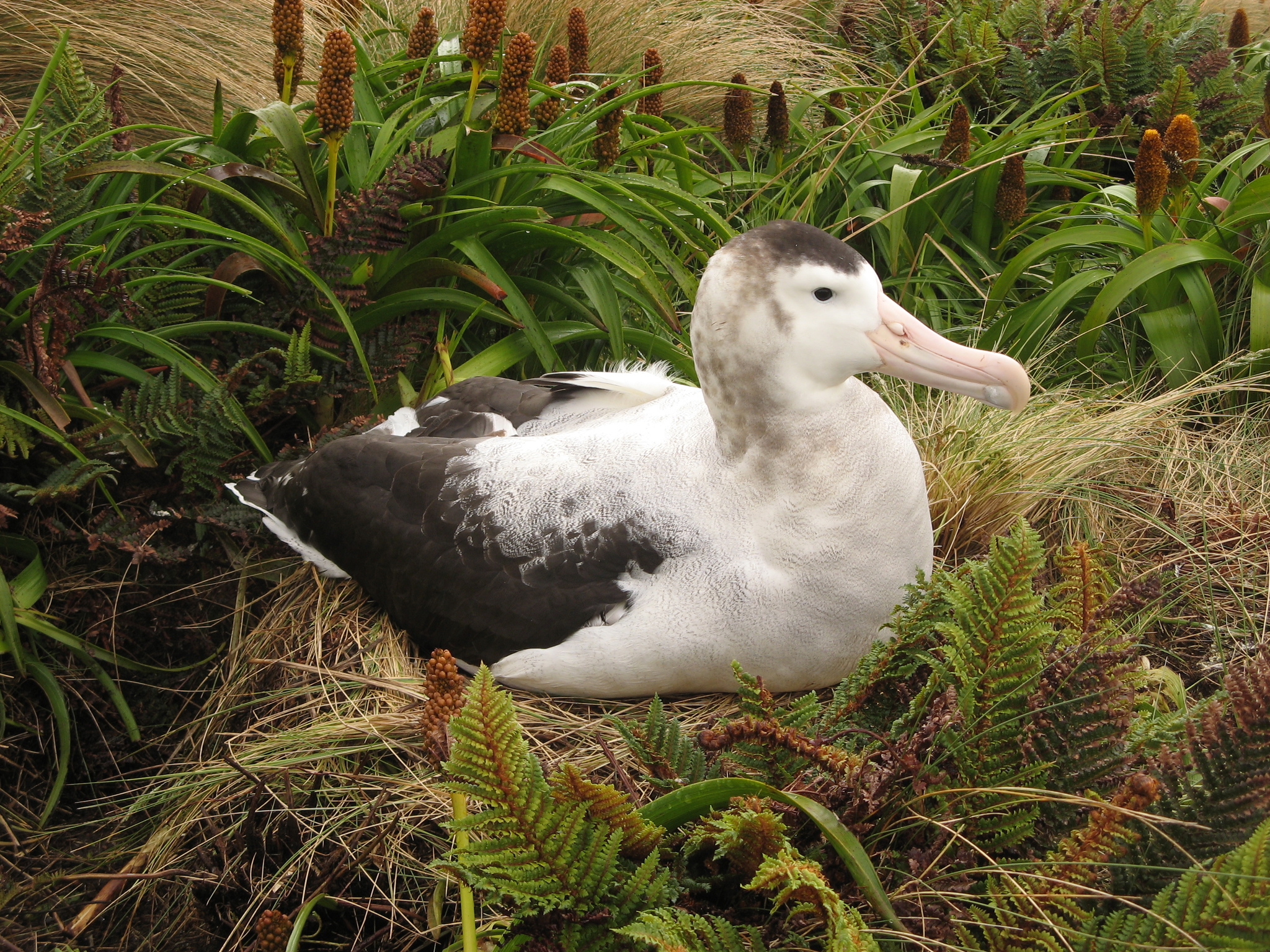
Antipodean
Before mating, Antipodean albatross go through an elaborate courtship ritual lasting several years which initially involves a characteristic singing and dancing display, which involves bowing, bill snapping, mutual preening, touching bills, and head shaking. They form enduring pairs that mostly last until one or the other dies. These birds face extinction by 2050 due to NZ’s long-line fishing practices.
Conservation status: Nationally Critical
Threats: Fishery bycatch, marine pollution
Auckland wandering (Gibson’s)
These birds breed only on the Auckland Islands, particularly on Adams Island, where there are no introduced predators. They are slightly larger and paler than the Antipodean albatross, but otherwise look very similar.
Conservation status: Nationally Critical
Threats: Fishery bycatch, marine pollution
The small ‘uns (aka mollymawks)
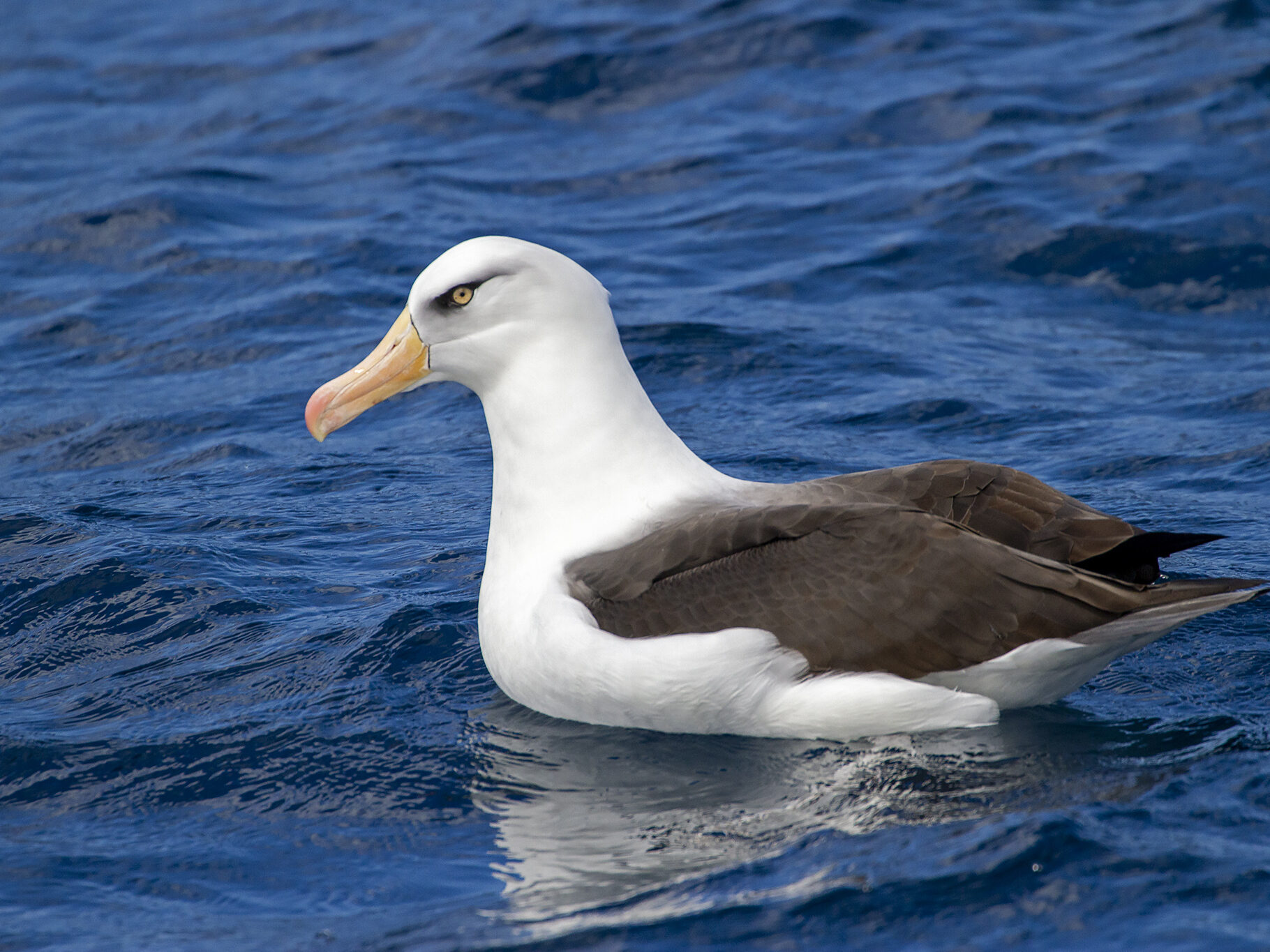
Black-browed and Campbell black-browed
The combo of fierce black eyebrows gives these birds a “resting frown face”. These two birds are almost identical, but the endemic Campbell mollymawk has a honey-coloured iris compared with the black iris of the native black-browed.
Conservation status: Naturally Uncommon
Threats: Fishery bycatch and longline, food availability, plastic pollution
Grey-headed
These gold-lipped birds can fly at speeds of up to 127km per hour.
Conservation status: Nationally Vulnerable
Threats: Climate and food availability changes
Shy or white-capped
Disappointment Island, in the subantarctic islands, is where some 91,000 pairs breed every one or two years.
Conservation status: Declining
Threats: introduced mammalian predators, fishery bycatch, longline and trawling
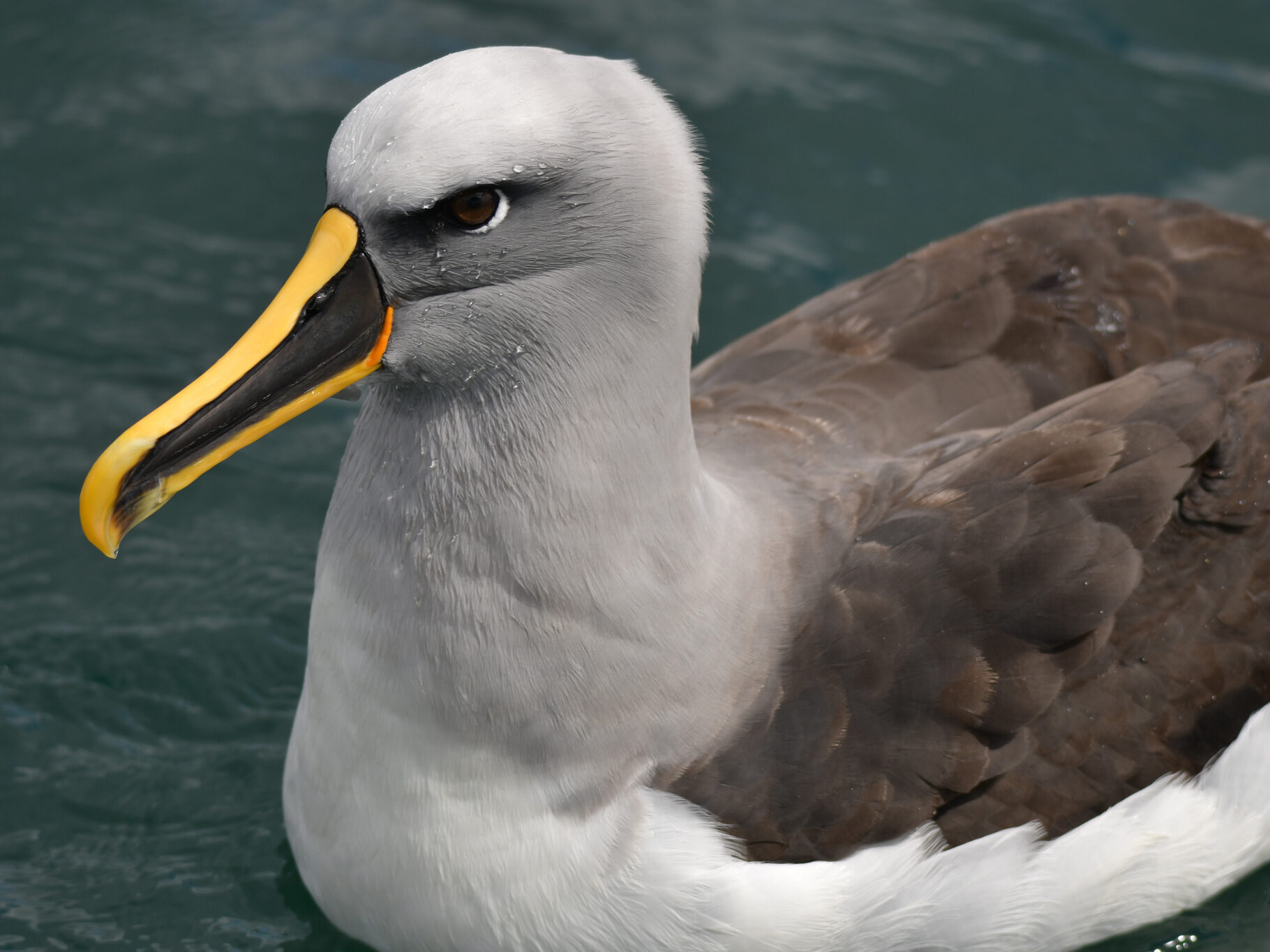
Buller’s (Northern and Southern)
The oldest banded bird was estimated to be at least 54 years old.
Conservation status: Declining
Threats: Longline and trawling fishery operations
Chatham Island
With a dark grey head and bright yellow bill, this bird is striking to see, but hardly anyone does – they are endemic to the Chatham Islands area and the entire population breeds on an isolated, almost inaccessible rock stack.
Conservation status: Naturally Uncommon
Threats: severe storm events, fishery bycatch
Salvin’s
Not much is known about this species. Salvin’s mollymawk breed in large, densely packed colonies. They are monogamous with shared incubation and chick care.
Conservation status: Nationally Critical
Threats: long-line fishing and trawling
Sooty
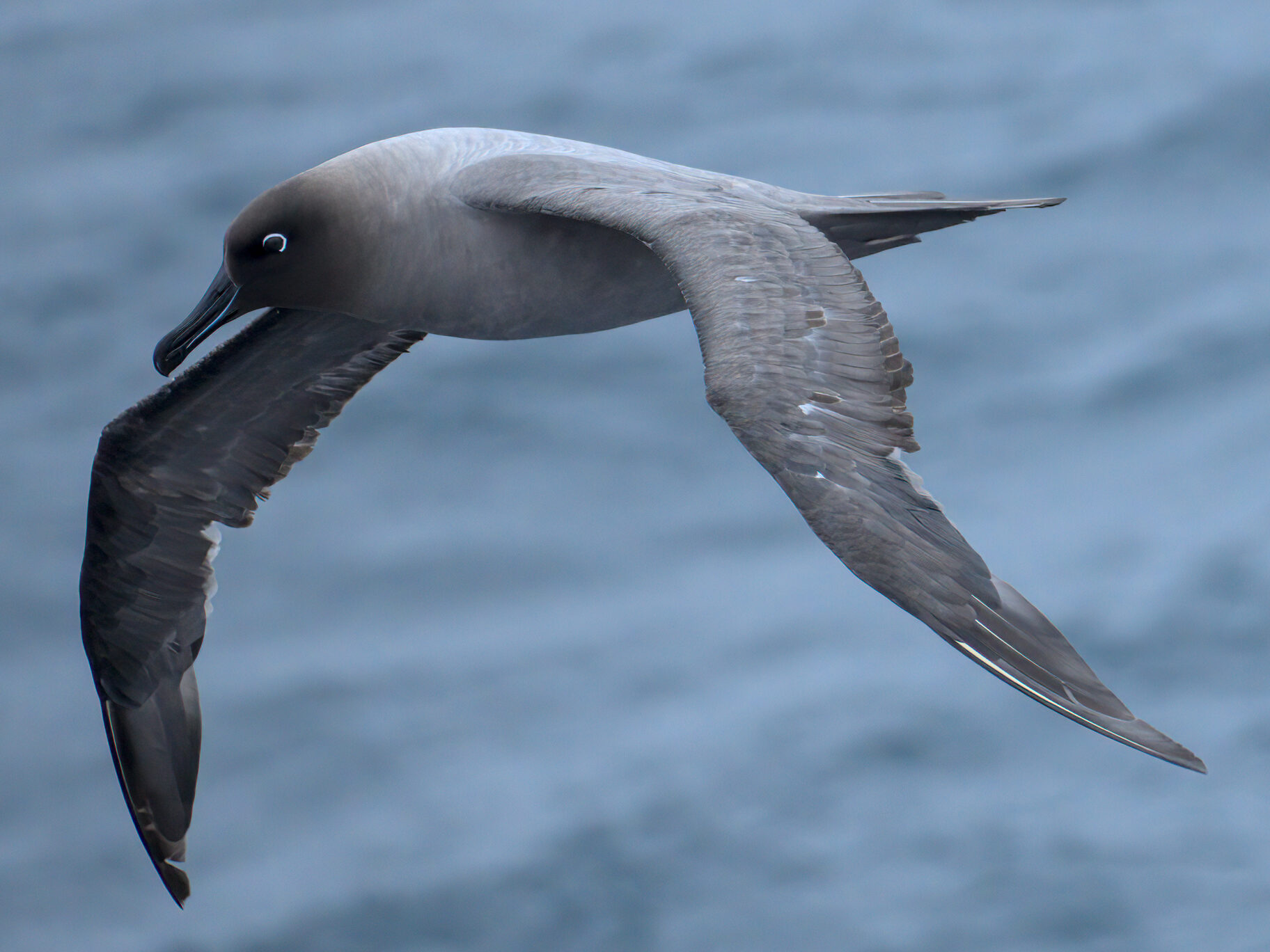
Light-mantled
This dark sooty-brown bird has a crescent of white feathers around the eye. Like many albatross, they produce smelly oil in their stomachs that can be used to feed their young and feed themselves during long flights.
Conservation status: Declining
Threats: long-line fishing

